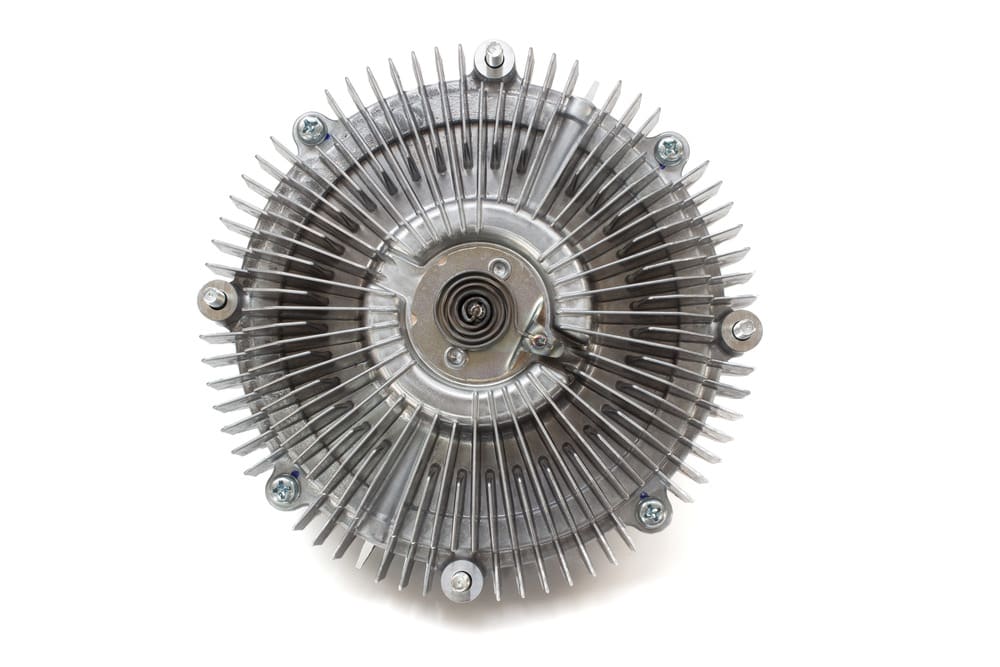

Have you ever considered the thousands of times explosions occur in your engine? If you're like most people, that thought never enters your mind. Every time a spark plug fires, the fuel and air mixture in that cylinder blows up. It happens hundreds of times per cylinder per minute. Can you imagine how much heat that generates?
Those explosions are relatively small, but in sheer quantity they produce extreme heat. Consider an ambient air temperature of 70 degrees. If an engine is 70 degrees "cold," how long after it's started is the whole engine at running temperature? It only takes a few minutes of idling. How do you get rid of the excess heat created in the combustion process?
There are two types of cooling systems used on vehicles. Air-cooled engines are rarely used in modern vehicles but were popular early in the twentieth century. They are still commonly used in garden tractors and yard care machinery. Liquid-cooled engines are almost exclusively used by all auto manufacturers worldwide. Here we will address liquid cooled engines.
How a Cooling System Works
Liquid-cooled engines have a few common parts used:
- Water Pump
- Antifreeze
- Radiator
- Thermostat
- Engine’s Coolant Jacket
- Heater Core
Every system also has hoses and valves arranged and routed in different ways. The basics remain the same.
The cooling system is filled with a 50/50 mixture of ethylene glycol and water. This fluid is referred to as antifreeze or coolant. It is the media used by the cooling system to remove engine heat and disperse it. Antifreeze is kept under pressure in the cooling system as the heat expands the fluid, up to 15 psi. If the pressure exceeds 15 psi, a relief valve in the radiator’s cap opens and expels a small amount of coolant to maintain a safe pressure.
Engines run optimally at 190-210 degrees fahrenheit. When temperatures climb and exceed a sustained temperature of 240 degrees, overheating can occur. This can cause damage to engine and cooling system components.
The Water Pump: The water pump is run by a serpentine belt, or timing belt or chain. It contains an impeller that circulates the antifreeze in the cooling system. As it is driven by a belt tied to other engine systems, its flow always increases at about the same proportion to the engine RPM’s.
The Radiator: Antifreeze is circulated from the water pump into the radiator. The radiator is a system of tubes that allows a large surface area for the antifreeze to release the heat it contains. Air passes through, or is pulled through by a cooling fan, and removes heat from the fluid.
The Thermostat: The next stop for the antifreeze is the engine. The gateway that it must pass through is a thermostat. Until the engine is at running temperature, the thermostat remains closed and doesn’t allow the coolant to circulate through the engine. Once running temperature is achieved, the thermostat opens and the antifreeze continues to circulate in the cooling system.
The Engine: Antifreeze passes through small passages surrounding the engine block known as the coolant jacket. The coolant absorbs the heat from the engine and carries it out as it continues its circulation route.
The Heater Core: Next, the antifreeze enters the heating system in the car. A heater core is mounted inside the passenger compartment, and the antifreeze passes through it. A fan blows over the heater core, removing heat from the fluid inside and warm air enters the passenger compartment.
After the heater core, the antifreeze continues on to the water pump to begin its circulation all over again.



